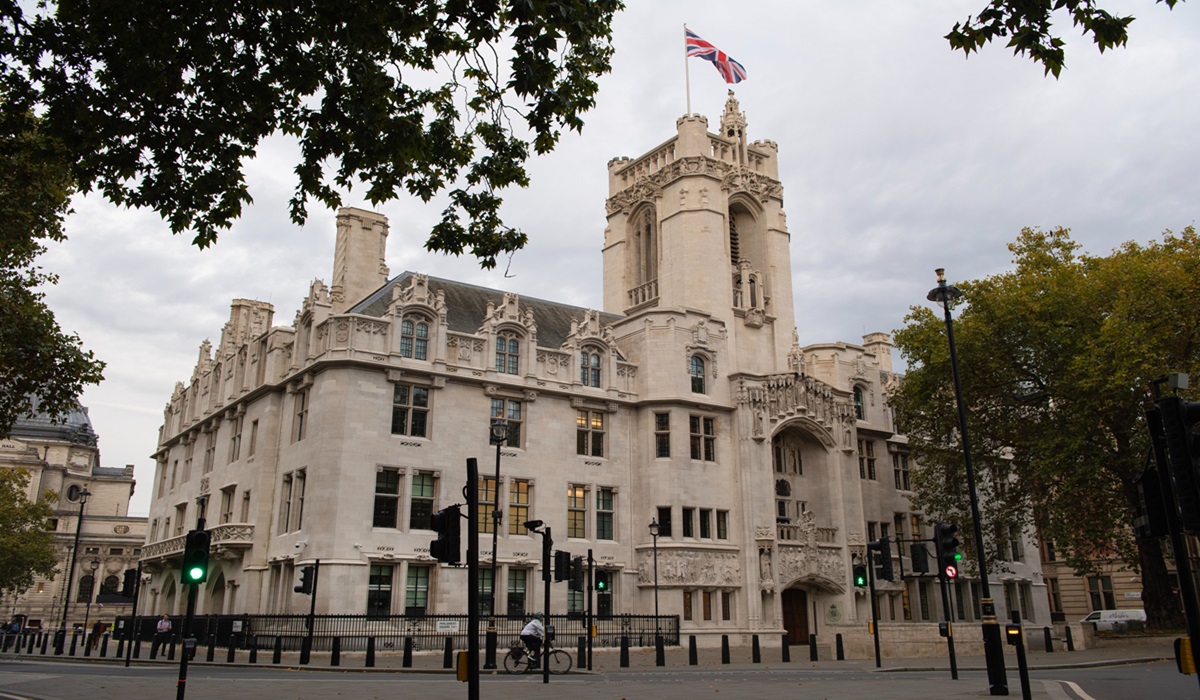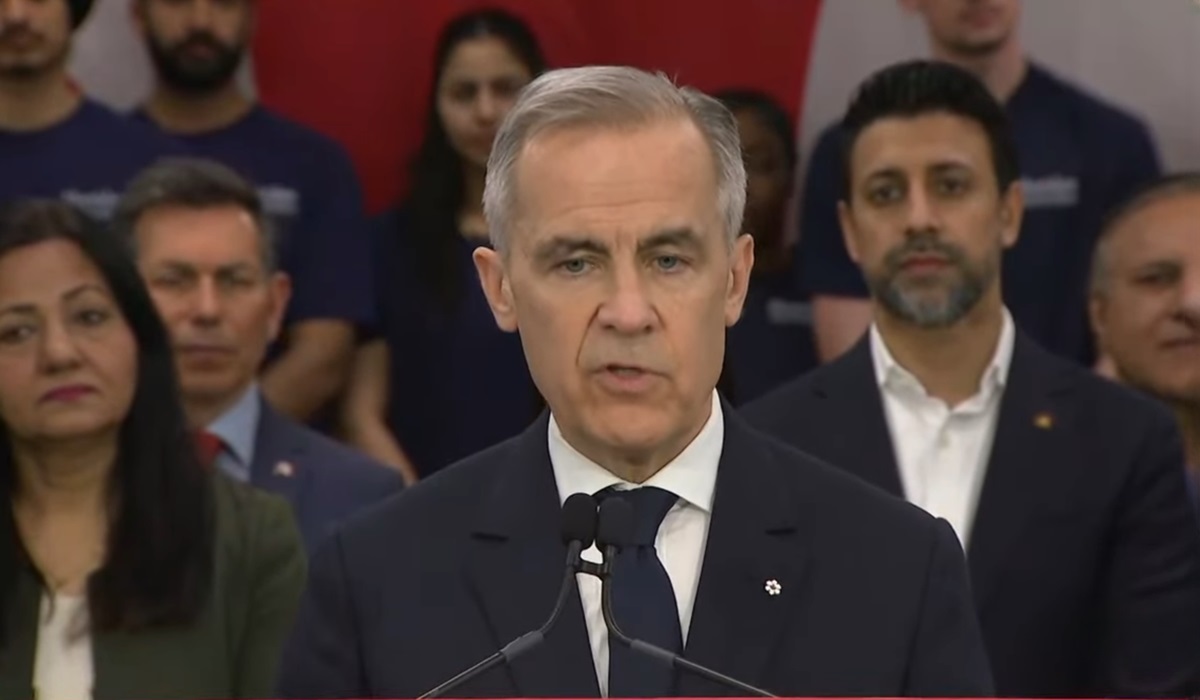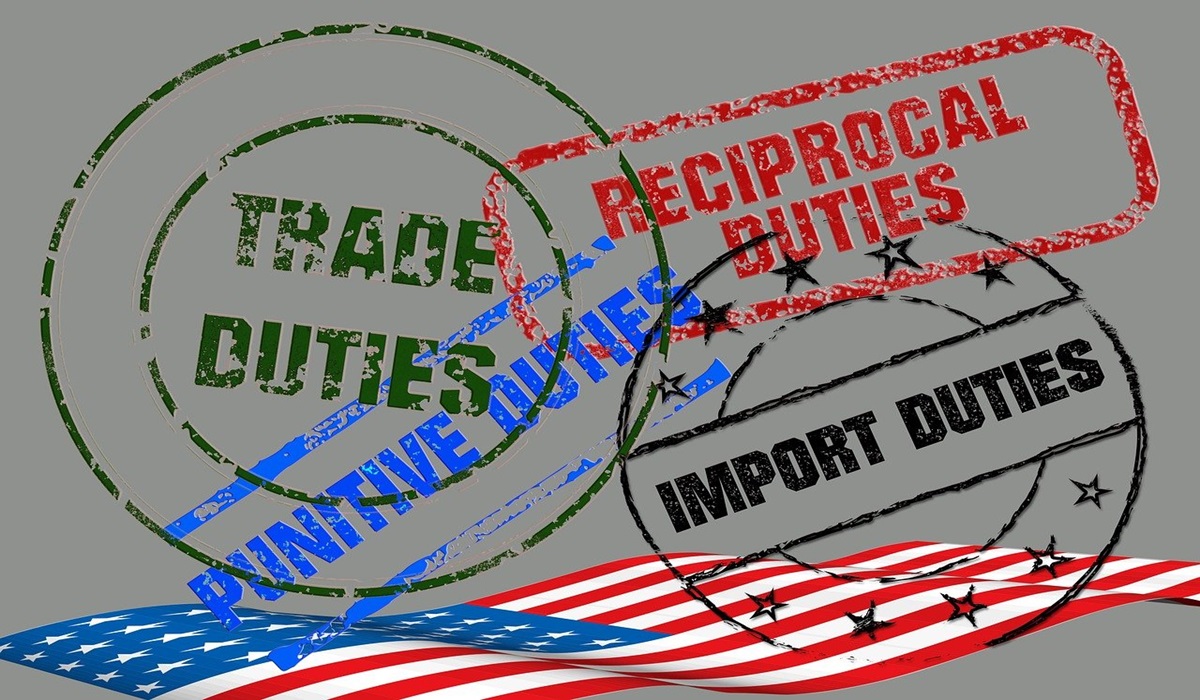The Tentacles of Influence: How Mass Media Controls Every Corner of Society
- Naomi Dela Cruz
- Breaking News
- August 23, 2024

Image Credit, Engin Akyurt
When people talk about “Main Street Media” or “mass media,” the image that often comes to mind is a handful of big corporations. We think of the recognizable giants in the industry, the ones whose logos flash across our screens daily. These companies are frequently seen as the architects of the messaging that shapes public discourse. But this view is incomplete. While these large corporations do hold substantial power, they are merely the visible face of a much larger, more intricate network that influences what we see, hear, and read.
Beneath the surface of these media empires lies a vast, interconnected web of smaller publications, news organizations, and magazines. On the surface, these outlets might appear independent, often presenting themselves as local or grassroots voices that cater to smaller towns and communities. However, the truth is more complex and unsettling. Many of these smaller entities are, in fact, owned by the same handful of corporate giants that control the more prominent media brands. This ownership structure creates a media ecosystem where the messaging from the top trickles down, replicated and reinforced across a multitude of seemingly independent outlets.
This phenomenon explains why you can flip through various channels or browse through different publications and encounter the same stories, the same phrasing, and even the same tone. The narrative appears consistent, as if a singular voice is speaking through a chorus of diverse platforms. The smaller organizations, which one might assume operate with editorial independence, are often just another cog in the mass media machine. They may be geographically dispersed and culturally varied, but they are aligned in their messaging, thanks to the corporate strings being pulled from above.
The reason behind this alignment is simple: control and influence. For large corporations and political entities, owning a flagship media brand is just the beginning. The real power lies in controlling the smaller, more localized publications that reach into the nooks and crannies of society. These smaller outlets give the appearance of diversity in media, but in reality, they are part of a broader strategy to ensure that the messaging remains consistent, far-reaching, and, importantly, seemingly impartial.
It’s not just the direct ownership that facilitates this; it’s also the financial influence. Small, independent media outlets often face significant financial challenges, making them prime targets for buyouts or partnerships with larger corporations. The allure of financial stability can be hard to resist for these smaller players, who may struggle to stay afloat in a competitive market. But once they fall under the umbrella of a larger corporation, their editorial direction often shifts to align with the broader corporate agenda.
In this way, the mass media’s flagship brands extend their reach through these smaller, seemingly independent publications. They create a network that spans not just the major cities but also the small towns and rural communities, ensuring that their message permeates every corner of society. This structure allows for a kind of controlled diversity, where the appearance of choice and variety in media is maintained, but the underlying narratives remain consistent with the interests of big business and powerful political machines.
The result is a media landscape that can often push a partisan agenda without appearing overtly partisan. The messaging is subtle, the control is indirect, but the influence is profound. It’s a system designed to shape public perception in a way that feels organic, while in reality, it’s meticulously crafted and controlled.
For those who value truly independent journalism, this reality is troubling. It’s a reminder of the importance of supporting independent media that has not been subsumed by the corporate giants. In an age where the lines between independent and corporate-owned media are increasingly blurred, discerning consumers of news must look beyond the surface to understand who really controls the messages they receive. Only then can we begin to challenge the pervasive influence of mass media and seek out voices that offer genuine diversity in perspective and thought.








